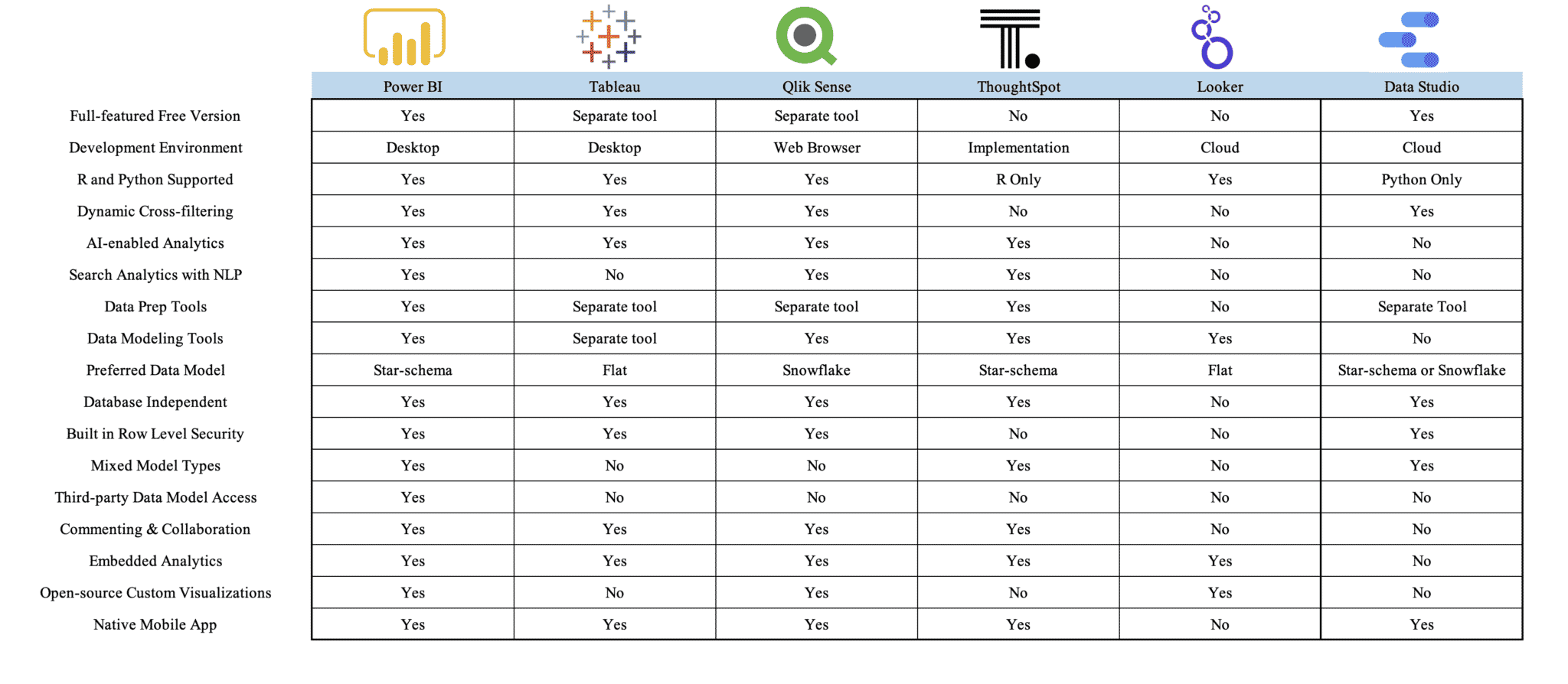In the last installment of this series, we showed you how to build a solid foundation for your data strategy with a data assessment framework. But of course, sitting on good data isn’t going to take you very far if you don’t have a plan to turn insights into action.
For that, you need a data strategy roadmap. But what exactly is it? And, why in the world is it so important for your team to have around?
The Data Strategy Roadmap, Explained
A data strategy roadmap is developed based on your overall vision and objectives for the business. It describes how your organization would acquire, integrate, secure, store, manage, monitor, analyze, operationalize, and monetize data using various methods, services, processes, and architectures.
It also lists success criteria and key performance indicators (KPIs) for measuring the effectiveness of your data initiatives.
A data strategy roadmap helps you avoid common data strategy challenges, such as:
- The lack of visibility or understanding of how data is used in the organization.
- The lack of alignment among business units to share data and insights.
- Difficulties in ensuring compliance with privacy laws and regulatory requirements.
- Data tool sprawl, which can cause inefficiency, unnecessary costs, confusion, errors, and delays.
- The lack of data security measures and data governance policies to protect data integrity.
- Difficulties in integrating structured and unstructured data from various sources.
Implementing a data strategy roadmap will help you solve the above and many other challenges while using data to its fullest potential. A well-designed data strategy supports accurate decision-making, predicts and mitigates risks, identifies fraud, improves customer experience, increases cost-efficiency, drives sales, and boosts productivity.
How To Create a Solid Data Strategy Roadmap
Let’s roll up our sleeves and create a data strategy roadmap together. Here are the critical components to include:
1. Align Your Vision
How you leverage data must align with the organization’s goals. Based on a 2-3 year vision, determine where data fits into the big picture.
At this stage, you want to be able to clearly articulate the “Why.” Your data strategy roadmap might be driven by a need to:
- Increase visibility into the business.
- Monetize data or create new products.
- Create more efficiencies in how your organization leverages data.
These can all be worthy business drivers, but it’s important to get clarity on the problem you are wanting to solve before you proceed.
2. Choose the Right Architecture and Tools
Next, you need to select the right tools and platforms based on your vision.
Data Warehouse
Most organizations benefit from using a single platform, but a few may need multiple data warehouses. Make sure you’re choosing the right platform(s) for the right reason.
Connectors and Integration Tools
Connectors and integration tools increase the efficiency of data extraction and transformation. However, be careful not to get stuck in a situation where you need to support multiple one-off tools.
Reporting Platforms
We believe Power BI is the best reporting and data modeling tool in the market. But regardless of what tools you choose, know the tradeoffs and implications. For example, Power BI employs a star schema while Tableau uses flat structures. This has implications on the skillsets you need on your team. Also, research and choose the appropriate licensing structure for your needs.
Okay, now you’re ready to create an architecture visual to show how the tools relate to and support each other.
3. Take Inventory of Existing Data Assets
Ideally, you have followed the 12 steps for setting up your data assessment framework already. After the assessment, you’re able to list out your data dictionary, reports, source systems, and prioritizations of reports and source systems by business domains to get a bird’s-eye view.
4. Embrace Data Governance
Yes, you should definitely have a data governance framework included as a key component of your data strategy roadmap. Your approach should provide a high-level view of:
- The Initial Power BI setup and configurations (i.e. access control).
- Whether row-level security is required, and when/where.
- Which datasets need certification, and who will own the process.
- Sensitive data that need to meet regulatory requirements (e.g., HIPAA, FERPA, FINRA, GDPR, CCPA, etc.)
Azure Purview offers a data dictionary feature that provides insights into data lineage—such as where sensitive data is used.
5. Define Roles and Responsibilities
Based on your business objectives and the tools you have selected, define the talents required to execute the strategy. Do these roles already exist in your organization (or should they?).
Some important resourcing questions to ask:
- Will you have a centralized data analytics team?
- Or, will business units address their own needs?
- Or, will you deploy a hybrid model in which the data team acts as internal consultants to the business units?
Adding or reducing headcount may be part of your roadmap. If you aren’t ready to hire a full-time data team, you should identify gaps and figure out how to address them through training internal resources or hiring consultants.
6. Create a Training Plan
After defining roles and responsibilities, you’d know the skillsets required to support your data strategy. A training plan helps you build the capacities and capabilities in-house to fill the gaps with existing resources.
7. Visualize Your Roadmap
To gain a holistic view of your data strategy, take the above components and lay them out on a chart to create a visual representation of your roadmap.
While your data strategy roadmap should cover a 2-3 year vision, you also need to outline the goals for each year. The plan for the first year should contain the most details, including prioritized projects, business domains involved, risks and mitigation strategies, as well as expected outcomes.
8. Be Realistic
Last but not least, be realistic! Don’t try to boil the ocean. You need to win hearts and minds during the implementation so more people in the organization will appreciate the value of data and BI. Plan for what can be accomplished.
Need a hand with your data strategy? The CSG Pro team has decades of industry and technology expertise. We bring CDO-level experience to help you develop a strategic roadmap that gets you from zero to data-driven. Check out our data strategy services.












